6T- How to Measure Ground Resistance and Optimize Grounding Grid
This course is suitable for engineers with a desire to understand the fundamentals of earthing resistance measurements. Presented details cover issues related to different measurement methods including two and three point measurement method, fall of potential method, touch potential measurements, ground grid integrity measurements, etc. Upon successful completion engineers will be able to understand theory and practical ground resistivity measurement methods which will provide a solid understanding for further engineering work.
In “How to Measure Ground Resistance and Optimize Grounding Grid” course, you'll learn...
- -Effect of ground electrode size and depth on resistance
- -Effect of soil resistivity on ground electrode resistance
- -Factors affecting soil resistivity
- -Effect of ground electrode depth on resistance
- -Ground resistance measurements
- -Two-Point ground resistance measurement method
- -Three-Point ground resistance measurement method
- -Fall-of-potential ground resistance measurements method
- -Measuring resistance of ground Electrodes (62% Method)
- -Multiple electrode system
- -Soil resistivity measurements (Four-Point measurement)
- -Touch potential measurements
- -Clamp-On ground resistance measurement
- -In-Field measurement
- -Ground grid integrity measurements
- -PV system characteristics and potential hazards
- -Relevant safety standards and codes
- -Possible injuries and basic first aid concepts
Overview The term ground is specified as a conducting link by which a circuit or device is connected to the earth. The link is used for establishing and keeping as closely as possible the potential of the ground on the circuit or device linked to it. A ground consists of a grounding conductor, a bonding connector, its grounding electrode(s), and the soil which is in contact with the electrode. Grounds have few basic protection applications. For natural phenomena, such as lightning, grounds are used to secure a discharge path for the current to decrease shock hazard to staff and to avoid damage to equipment and property.
For induced potentials due to failures in electric power systems with earth returns, grounds help in ensuring quick operation of the protection relays by giving low resistance fault current paths. This allows clearing the induced potential as fast as possible. The earth has to drain the induced potential before staff is injured and the power or communications equipment is damaged. In ideal conditions, to keep a reference potential for instrument safety, to protect against static electricity, and limit the equipment earth voltage for operator safety, an earth resistance needs to be 0 Ω. However, in reality, this value cannot be reached. Also, low earth resistance is demanded by NEC, OSHA, and other electrical safety codes and regulations. This course is suitable for engineers with a desire to understand the fundamentals of earthing resistance measurements. Presented details cover issues related to different measurement methods including two and three point measurement method, fall of potential method, touch potential measurements, ground grid integrity measurements, etc. Upon successful completion engineers will be able to understand theory and practical ground resistivity measurement methods which will provide a solid understanding for further engineering work.
| Learning Objectives | This course teaches the following specific knowledge and skills:
|
|---|---|
| Contact Hours | 6 Horas |
| CIAPR courses | CURSO TECHNICO |
| Instructor | Velimir |
| Devices | Desktop, Tablet, Mobile |
| Language | English |
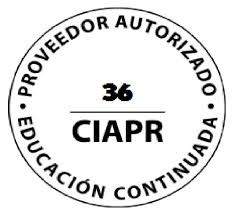
IACET ACCREDITED PROVIDER
|
Self Learning Solutions LLC is a company with more than 14 years of experience in this market. At Self Learning Solutions we are proud to have obtained the IACET accreditation for our organization, along with the approvals necessary to market our products throughout the United States. Self Learning Solutions is accredited by the International Association for Continuing Education and Training (IACET). Self Learning Solutions complies with the ANSI / IACET standard, which is recognized internationally as a standard of excellence in instructional practices. As a result of this accreditation, Self Learning Solutions is accredited to issue the CEU IACET. |
SLSTECH System Requirements
To run our system effectively you should, as a minimum, use the system components listed on this page. If you do not, the system may still work but some functionality may be lost. Workplace IT environments' internal configurations can also restrict the functionality of our system. Access to content may be affected, as may the possibility of uploading files. File size limitations may also apply. Workplaces may also have older versions of software, and our system may not perform well with these.
Operating system
-
Recommended: Windows 7, 10, Mac OSX Sierra, iPad IOS10
Internet speed
-
Use a broadband connection (256 Kbit/sec or faster—this will ensure that you can view videos and online presentations) through USB wireless modem, ADSL, T1/T2, fibre optic or cable.
-
Dial-up access will be significantly slower, and we do not recommend it for using our system.
Internet browsers
Compatible browsers include:
-
Google Chrome 32 bit version 50 or later (recommended for optimal compatibility, this has been thoroughly tested on Windows)
Safari 10 or later (recommended for optimal compatibility, this has been thoroughly tested on Mac)
Note that add-ons and toolbars can affect any browser's performance.
-
MS Internet Explorer is not recommended
Settings
We recommend that the following be enabled:
-
Cookies
-
Pop-ups (in both Internet browser and security software)
-
Javascript
-
We recommend that you use the latest version of Adobe Flash Player.
Software
-
We recommend that you use the latest version of Adobe Acrobat Reader.
-
To view all the resources uploaded to Hazmat Authority, you will probably need to have Microsoft Office (Word, Excel, PowerPoint) or an equivalent (e.g. Open Office, Viewer) installed.
Security
With all firewalls, ensure that you enable uploading of files.


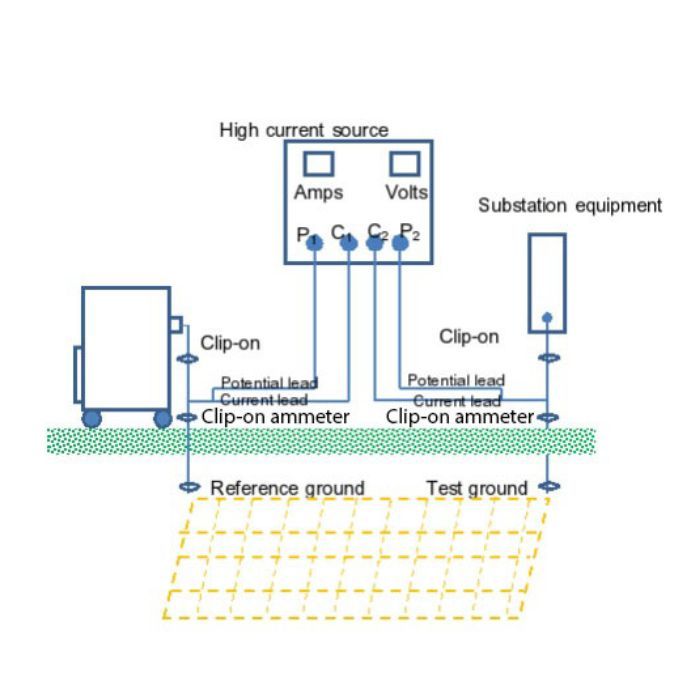
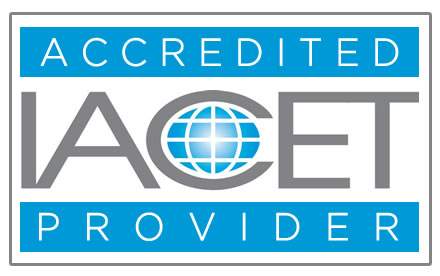

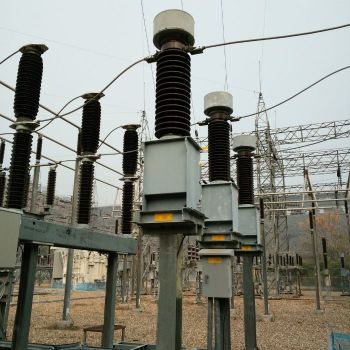



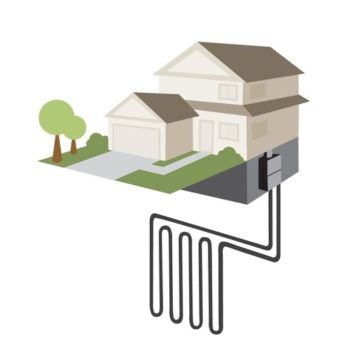
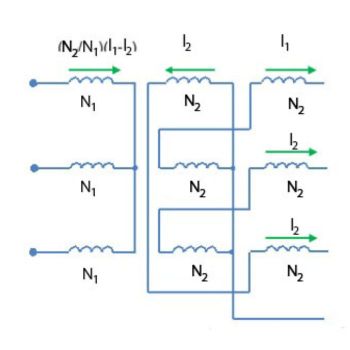
Validate your login
Sign In
Create New Account